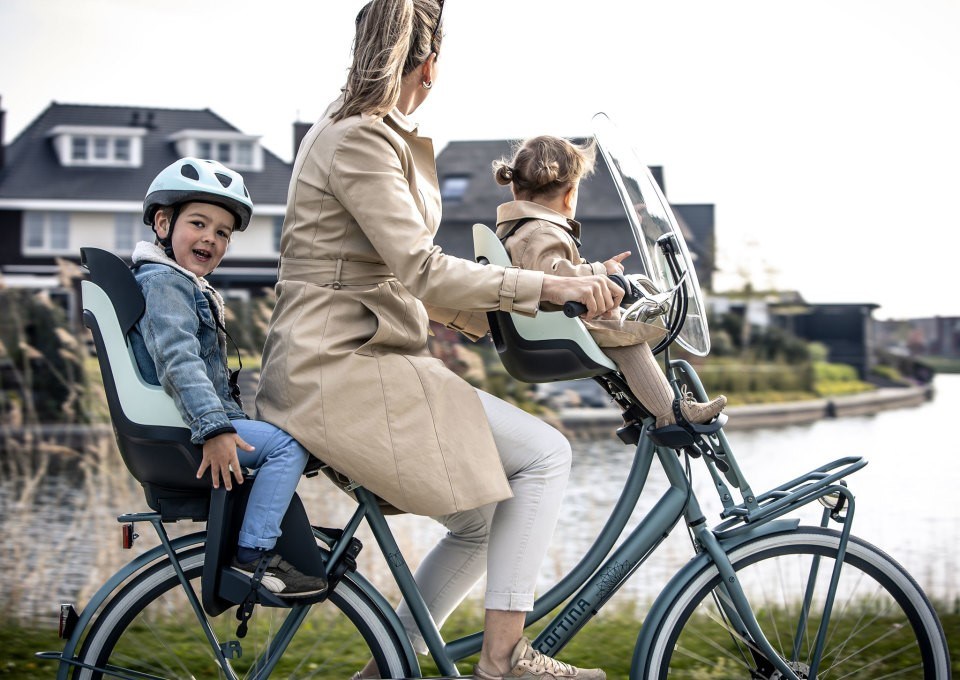Dutch women are world-champions in working part-time. According to official Eurostat figures, 75 % of them are working part-time compared to only 33 % in Sweden, a country known for policies promoting economic independence of both women and men. In which country are women better off in the long run? The Dutch part-time model has actually several well-hidden advantages.
First, the part-time gap between Swedish and Dutch women tends to evaporate when you correct for the fact that Swedish women who care for their children at home are on paid parental leave while Dutch women at home are most of the time not paid.
The criterion for being in paid work is that the employment contract is not interrupted during the leave period as happens when you are sick. While there are no major differences in sick leave between the two countries, there are large differences in the duration of paid parental leave. In the Netherlands it is now 9 weeks at 50% of your salary while in in Sweden it is 16 months at 80%!
So, the gap in the part-time statistic is not caused by how parental leave hours after the birth of a child are used but how they are financed. In Sweden the state pays while in the Netherlands parents pay for most of it themselves. This is why Dutch women are world-champion working part-time. The same applies to Dutch men who are also part-time world champ at 26%.
The many hours that part-time working Dutch women spend at home with their children are not included in their work contracts and therefore not counted as work. This difference has a historical reason. The fear of missing out on a pension after a steep rise in divorce rates in the 60ties was one of the main drivers for Swedish women to look for work outside the home. In the Netherlands, this fear was always much smaller because it has a unique minimum pension scheme called AOW. Created in 1956, it still is the world's only unconditional basic income scheme for older people.
Every person from the age of 66.5 receives the same indexed monthly pension of €1218 for a single person and €1665 for a couple. The only condition is that you lived in the Netherlands for the previous 51.5 years. Whether you have contributed via taxes or not does not matter for the level of your pension. Everybody gets the same benefit including retired Queen Beatrix, who did not pay taxes.
The AOW is a pay-as-you-go first pillar scheme to which most Dutch pensioners then add their second pillar, the capital-funded private pension, to arrive at a replacement rate of 70% of the salary.
That the AOW scheme is important for the economic independence of Dutch women becomes clear when you compare the poverty rate of women over 65 in the Netherlands and Sweden. In the EU Survey of Income and Living Conditions, the Dutch rate in 2019 was among the lowest at 13,4%, while in Sweden it was at 17.8%, close to the EU average.
Despite the Swedish lead in women's emancipation, poverty among older women turns out to be higher than in the Netherlands.
Combination of policy measures
Divorce rates are higher in Sweden than in the Netherlands. In 2018 the crude rate was 2.5 (per 1000 persons), compared to the Dutch rate of 1.8. It is unclear if this is due to cultural differences or should be explained by the backlog in economic independence of Dutch women before retirement.
Economic independence is crucial in case of divorce, especially if children are involved. That’s why pension rights in the Netherlands, contrary to in Sweden, are equally shared between the two partners. All pension rights built up during the marriage or partnership are shared 50/50. Sweden, consistent to its emphasis on economic independence, does not take pension rights into account.
All policy experts agree that the best strategy to boost the economic independence of women is through a combination of affordable childcare and paid parental leave, with a non-transferable part for the father. A recent EU directive forced the Dutch government to extend paid parental leave to the EU minimum of 2 months, with a non-transferable part for fathers.
The Dutch can learn a lot from Sweden in the field of gender equality and parental leave but it is not true that they are far behind. The pay gap for instance is in Sweden 12.2% (of gross male earnings), in the Netherlands it is 14.8%, close to the EU average.
Conversely, Sweden can learn from the Dutch part-time model. 16 months of paid parental leave per child is not only a very generous but also very expensive provision for which high taxes are needed. No wonder that the tax burden in Sweden is much higher than in the Netherlands, with negative consequences for labour demand. In 2019, unemployment was 6.8 % in Sweden compared to 3.4 % in The Netherlands.
Part- time gives the Netherlands a very flexible labor market that puts many people, young and old, at work. Besides full-time and part-time jobs are converging as full-timers are gradually working fewer and part-timers more hours. If the critical message of ageing is that we will all have to work more years then the good news is that we probably don't have to work more hours. We just need to spread out the same number hours over more working years. Only part-time can do that for you.
Part-time jobs in the Netherlands tend to be of surprising high quality. Of course, you accept to earn less in proportion to the reduction in hours but as a part-timer you are still member of a pension fund. A special law protects against discrimination when it comes to all secondary employment conditions.
Many Dutch part-time jobs are also career jobs. More than half of the Dutch judiciary is made up of women, who often work 4 days a week. You see the same pattern among female doctors and in teaching. All these women could work full-time, but they prefer more time at home. It is also striking that Dutch women continue to work part-time long after their children are no longer in need of constant care. Some feminists are unhappy about the Dutch part-time model and have nicknamed Dutch women disparagingly as "part-time princesses".
The main objection against the part-time model is that it is predominantly women who use it to combine paid work with care tasks at home. This is of course a serious and justified criticism as it would threaten gender equality. Fortunately, a clear mentality change is underway.
More and more Dutch fathers are turning into a “part-time prince” and care for their children at home. They take a so-called "daddy day", which is quickly becoming the new social norm. It is made possible by an already 25-year-old law that gives employees the right to reduce their working hours in order to care for children or another family member. Only SME's can deny such a request but would have to proof economic necessity.
To sum up: 16 months of paid parental leave is an expensive way to free up parent time for children. The Dutch part-time model provides an attractive alternative solution. It shows that shorter periods of paid leave, combined with the flexibility for fathers and mothers to work part-time, can ensure that raising children remains affordable for society, without incriminating women's economic independence.
By Julius op de Beke


